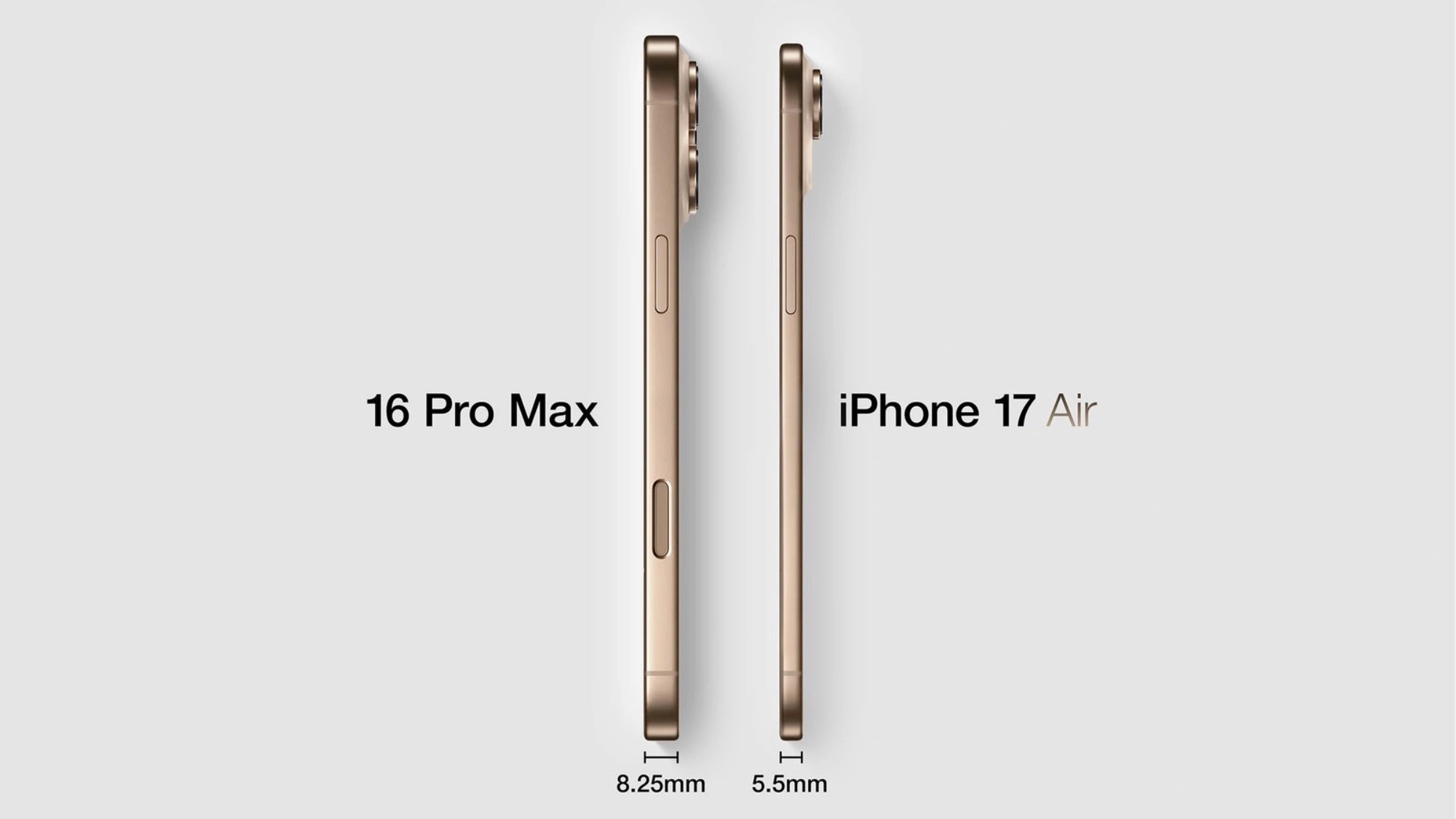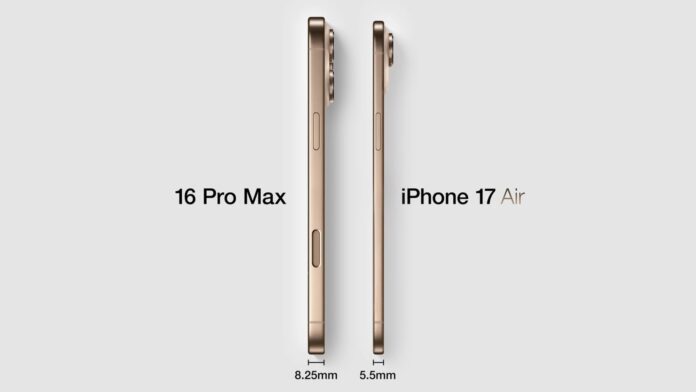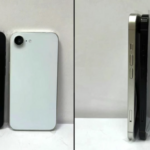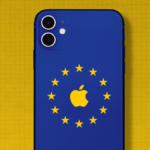Apple’s hardware chief, John Ternus’ statement about the iPhone being the “most ambitious in history” seems to be more than just empty words. Recent leaks from reliable sources Wayne Ma and Ming-Chi Kuo have revealed a dense and innovative product roadmap that could potentially explode the smartphone market in the coming years.
Starting in 2026, Apple will officially unveil its first foldable iPhone, the iPhone 18 Fold, alongside familiar iterations such as the iPhone 18 Air, 18 Pro, and 18 Pro Max. The Air model retains the ultra-slim design of its predecessor, the iPhone 17 Air, while the Pro versions are expected to feature a completely notch-less design, offering a true full-screen experience.

Apple’s new direction starts with the all-new iPhone 17 Air. Image: The Apple Hub
However, the pinnacle of this strategy arrives in 2027, with Apple planning to release six iPhone models evenly split between spring and autumn. Spring will introduce the iPhone 18 and 18e, while autumn will see the launch of the iPhone 19 Air, iPhone 19 Pro and Pro Max with full-screen designs, and the second generation of the foldable iPhone, the iPhone 19 Fold.
This strategy of splitting iPhone releases into two batches per year not only helps to space out product launches but also maintains market excitement throughout the year, rather than just in the fall as was previously the case. It is also Apple’s response to the recent iPhone sales figures, which, while still in the hundreds of millions, have shown a slowdown in growth.
However, hardware is just one piece of the puzzle in Apple’s grand vision for the iPhone’s future. Users are eagerly awaiting Apple’s announcement of groundbreaking software and AI advancements, which may be unveiled as early as a few weeks from now at the WWDC event. But if the leaked roadmap is anything to go by, a new iPhone era is just around the corner.
The S25 Ultra is Still “Old Wine in a New Bottle”: Are Chip and AI Upgrades Enough to Lure iPhone Users?
The iPhone 16 Pro Max and Galaxy S25 Ultra are two powerhouse smartphones that offer a very similar overall experience. While both devices have their unique features and strengths, the user experience they provide is largely comparable. So, whether you’re team Apple or Samsung, you won’t be missing out on a drastically different experience.





















